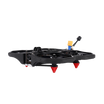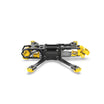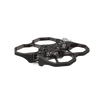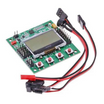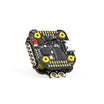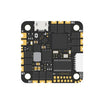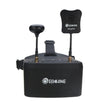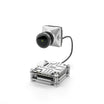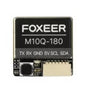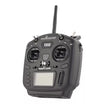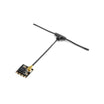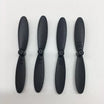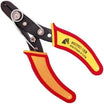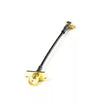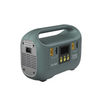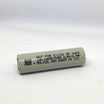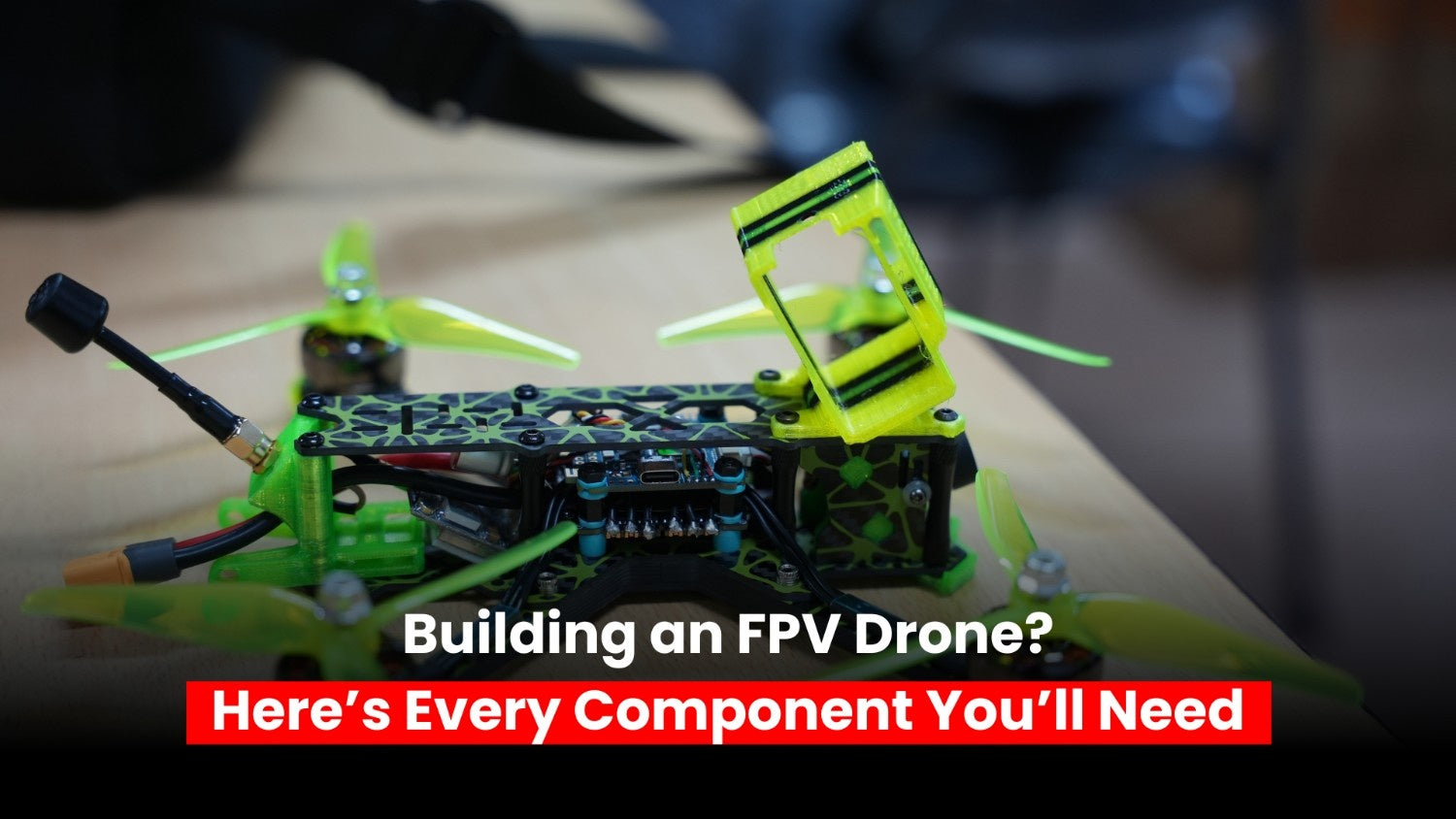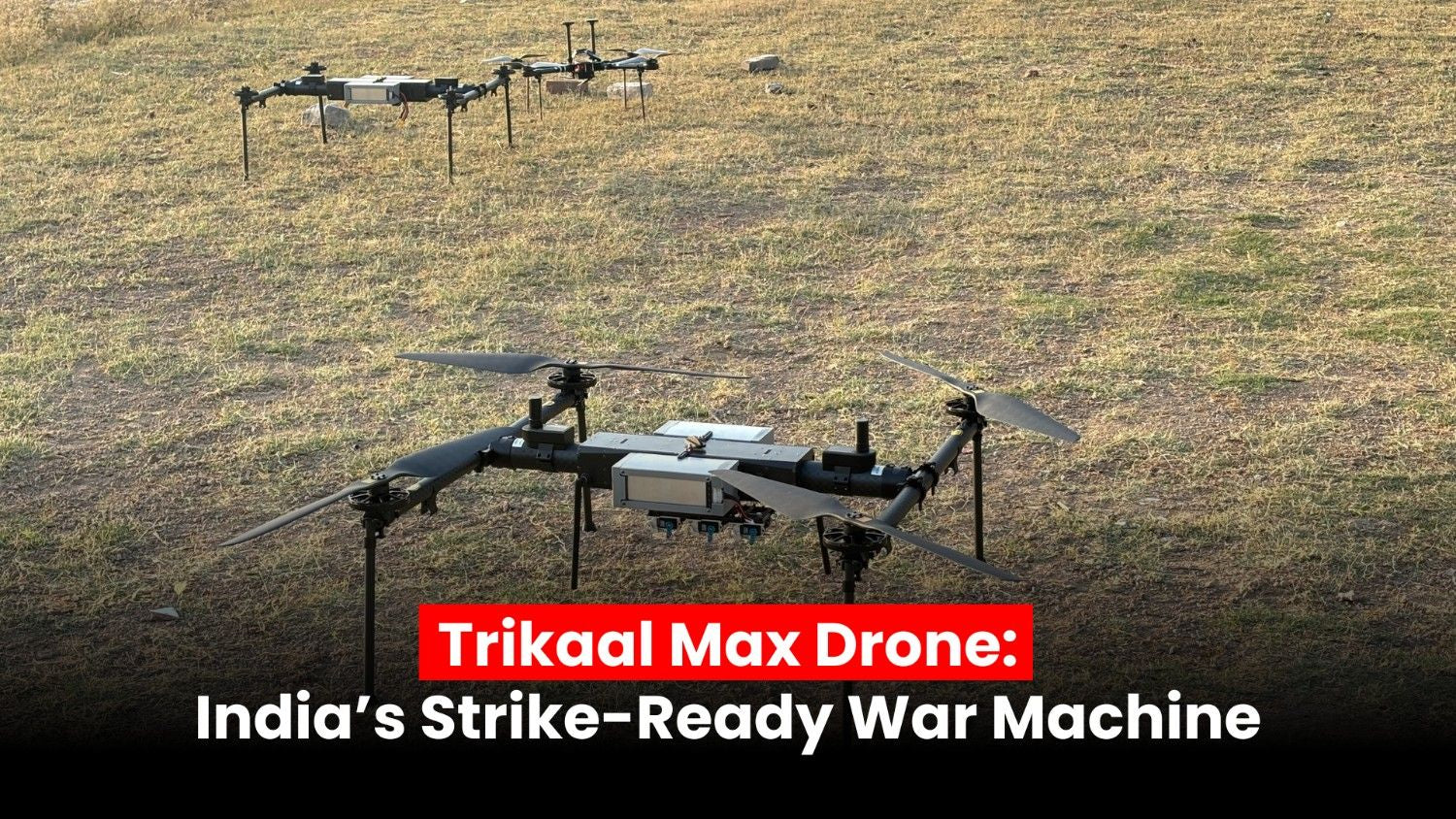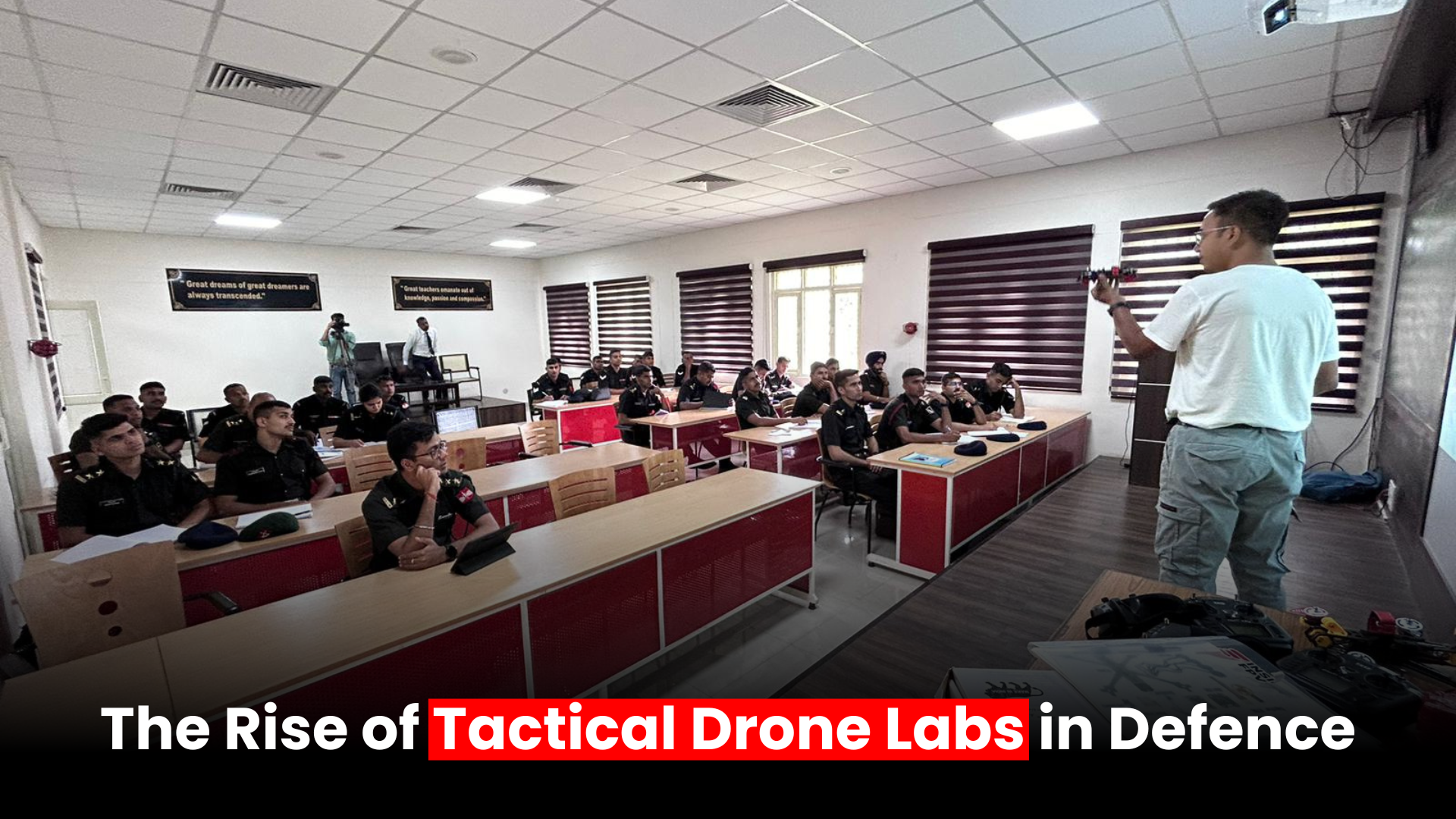f you have ever watched immersive drone footage and thought, "I want to do that," then building your own FPV drone might be the perfect project for you. Flying an FPV drone is unlike anything else.
You are not just controlling a machine in the sky, you are seeing what it sees, feeling what it feels, and experiencing flight in a completely different way.
This guide walks you through every essential FPV drone component, the tools required, and practical tips that come from real experience. Whether you are just getting started or want to brush up before your next build, you will find everything you need right here.
Why Build an FPV Drone Instead of Buying One?
Building an FPV drone from scratch gives you more control over performance, quality, and cost. It is also one of the best ways to understand how drones actually work.
Here is why building your own drone makes sense:
-
You can customize it exactly how you want, from speed to video quality
-
You learn how to fix and upgrade your drone without relying on expensive repairs
-
You get more value for your money by choosing each part yourself
-
You gain the satisfaction of flying something you built with your own hands
The Core Components You Need to Build an FPV Drone
To build an FPV drone, you need to understand each of its parts and how they work together. Below is a complete breakdown of all the essential components.
The Frame

The frame is the foundation of your drone. It holds everything in place and affects how your drone handles crashes, vibrations, and airflow. Most beginners go with a 5 inch frame, which is perfect for both freestyle flying and racing.
Look for a strong carbon fiber frame that is lightweight but sturdy. Choose the size based on your propellers and motors.
Motors

Each arm of your quadcopter will need a brushless motor. These motors come in different sizes and KV ratings, which affect how much thrust they produce and how efficiently they perform.
For a standard 5 inch build, 2207 or 2306 motors with KV between 2400 and 2700 are a popular choice.
Electronic Speed Controllers (ESCs)

ESCs manage how fast each motor spins based on the input from your flight controller. You can use four individual ESCs or one combined 4-in-1 ESC board. Most modern builds use a 4-in-1 board to save weight and simplify wiring.
Make sure your ESCs can handle the current your motors will draw, especially if you plan to use a powerful battery.
Flight Controller

The flight controller is the most important component of your drone. It takes information from the receiver, sensors, and your inputs, and turns them into smooth flight movements.
Popular flight controllers run firmware like Betaflight or iNav, which let you tune the behavior of your drone in very precise ways.
Propellers

You will need four propellers, two that spin clockwise and two that spin counterclockwise. Choose prop size and pitch that match your frame and motors. For freestyle flying, 5 inch tri-blade propellers are the most common choice.
Always keep extra props on hand. They are the first thing to break when you crash.
Battery

FPV drones run on LiPo batteries. The most common types are 4S and 6S. The right battery depends on your motor KV, ESC rating, and the performance you are aiming for.
Higher voltage gives you more power, but it can also stress your electronics if not matched properly.
Power Distribution Board (PDB)

The PDB sends power from the battery to the various components. Many flight controllers or ESC boards now come with built-in power pads, so a separate PDB may not always be necessary.
Still, if your parts do not include it, a PDB is a simple solution.
Receiver

The receiver picks up the signals from your controller. Make sure it uses the same protocol as your transmitter. Popular choices include FrSky, TBS Crossfire, and ExpressLRS.
Mount it securely on your frame with clean wiring to avoid signal interference.
Radio Transmitter

This is the controller you hold while flying. A good transmitter feels comfortable in your hands, has reliable signal strength, and supports custom switch configurations.
Look for models that support OpenTX or EdgeTX for deeper customization.
FPV Camera

The FPV camera gives you the live view from the drone’s perspective. Analog cameras are affordable and low latency, while HD digital systems like DJI offer amazing clarity.
Mount the camera in a protective housing and adjust the angle to match your flying style.
Video Transmitter (VTx)

The video transmitter sends the camera feed to your goggles. It can be set to different power levels depending on how far you want to fly. More power gives better range, but also uses more battery.
Check your local regulations for allowed transmission power.
Antennas

You will need antennas for both the video transmitter and receiver. A high-quality circular polarized antenna can improve signal strength and reduce interference.
Try to mount the antennas in a way that keeps them clear of carbon fiber and other obstructions.
FPV Goggles or Monitor

To see your live feed, you need a pair of FPV goggles or a monitor. Goggles provide a more immersive experience, while monitors are easier for casual flying and line-of-sight control.
Make sure your goggles match the signal type whether it’s analog or digital.
Tools You Will Need to Build and Maintain Your Drone
You do not need a full workshop, but you will need a few reliable tools:
-
Soldering iron, solder, and flux
-
Hex drivers and screwdrivers in 1.5mm, 2mm, and 2.5mm
-
Wire cutters, snips, and pliers
-
Heat shrink tubing and zip ties for cable management
-
Digital multimeter to test voltage and continuity
-
Smoke stopper for safe first-time power-ups
-
Battery straps, landing pads, and foam battery grip
While not required, these additions can upgrade your experience:
-
GoPro or action camera for HD footage
-
GPS module for rescue mode and telemetry
-
LED lights and buzzers for crash recovery
-
Extra propellers and screws
-
Thread locker to prevent loose parts mid-flight
Building your first FPV drone might seem overwhelming at first, but once you break it down component by component, it becomes much more approachable. And the moment you see your drone take off for the first time built entirely by you, it is absolutely worth it.
Frequently Asked Questions
What is the investment required to build an FPV drone?
The cost depends on the parts you choose, but most beginner FPV drone builds fall between 300 and 700 USD. You can keep the budget lower by starting with analog video gear and choosing a basic transmitter.
Is it hard to build an FPV drone from scratch?
It takes patience and attention to detail, but it is absolutely doable especially with the right tools and guidance. Once you understand how each part connects, the rest is just a matter of putting it together step by step.
What battery should I use for 5 inch FPV drone?
Most 5 inch drones run best on 4S or 6S LiPo batteries. If you are using high KV motors and want more power, go with 6S. If you are new to flying or want a smoother learning curve, 4S is more forgiving and easier to manage.
Do I need a license to fly FPV drones?
That depends on your country. In the United States, for example, you must follow FAA regulations and may need to pass the TRUST test. In most regions, flying FPV legally requires using a spotter and keeping visual line of sight. Always check your local drone laws before flying.

